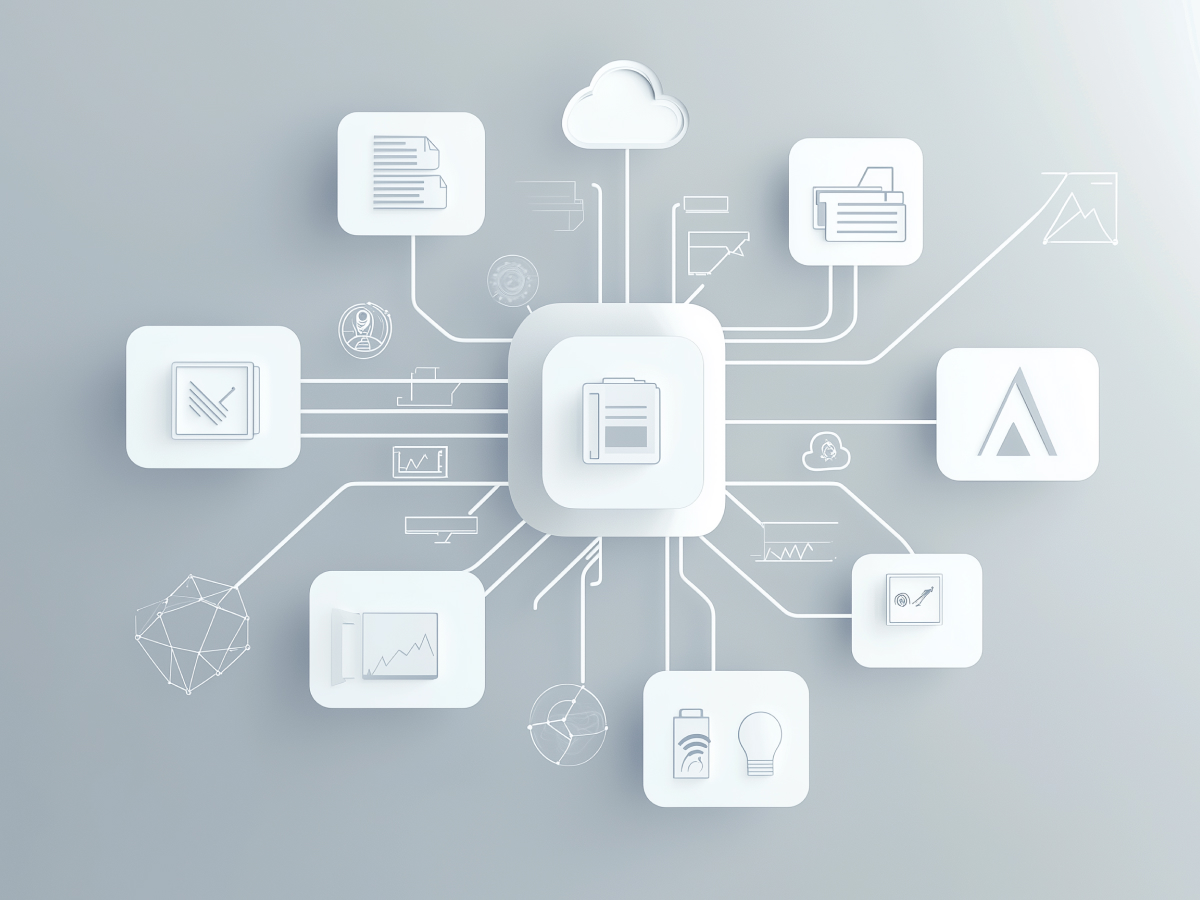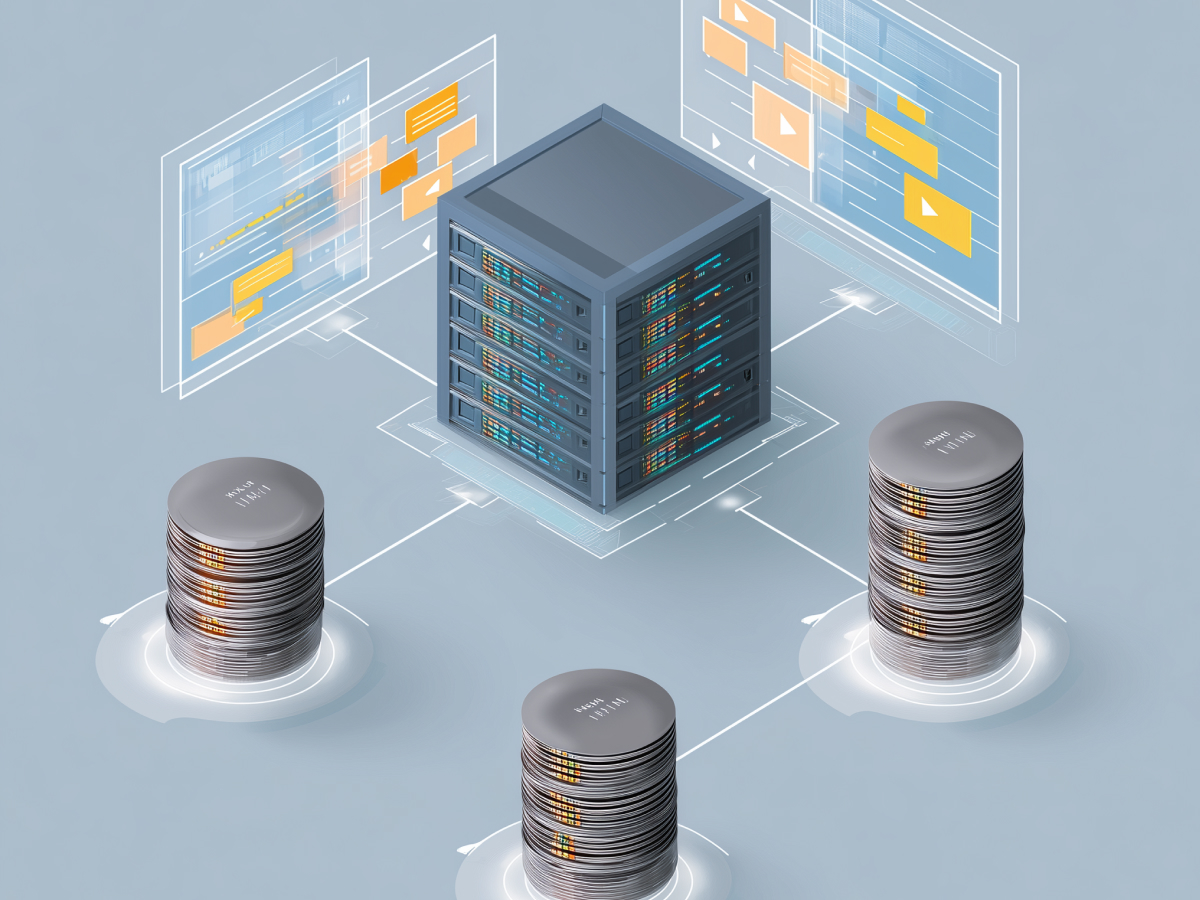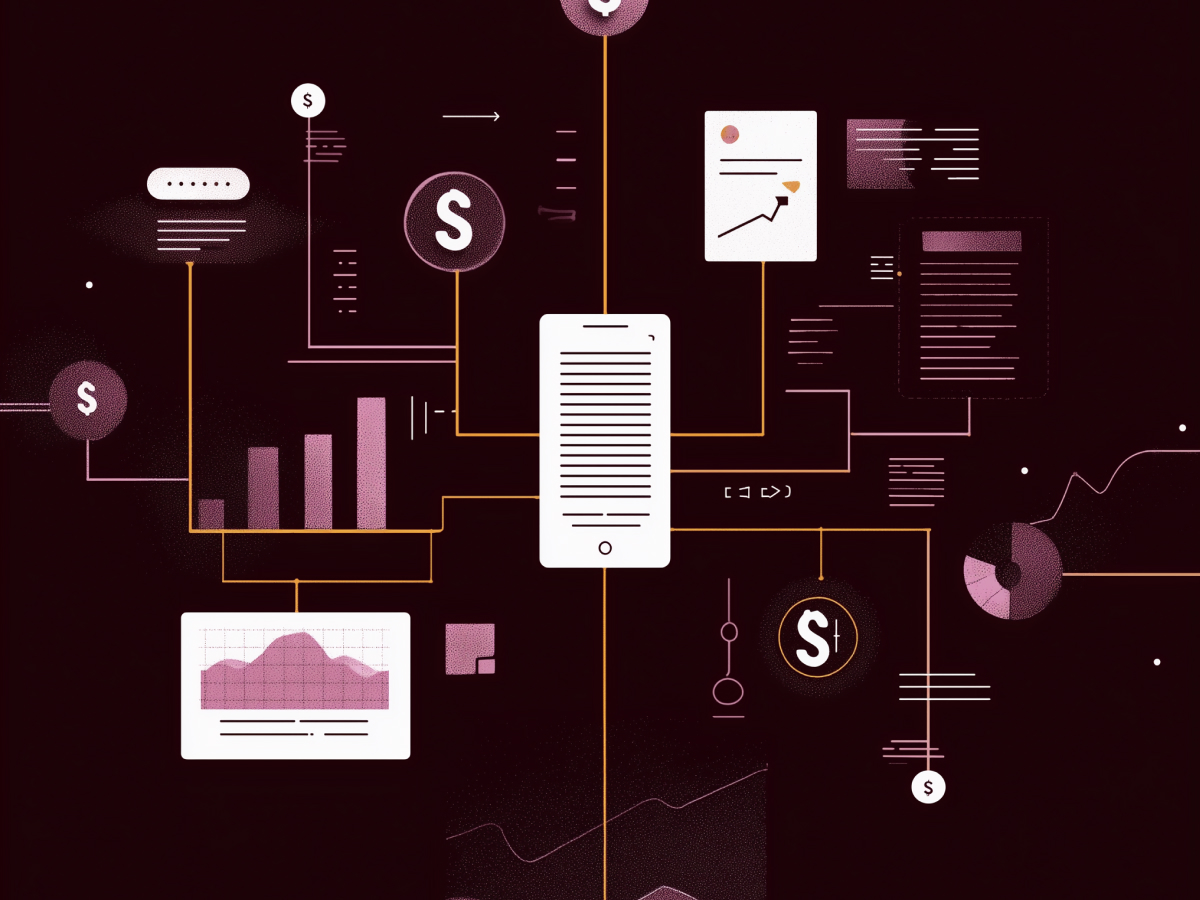All cybersecurity professionals should possess a foundational understanding of AI
There’s no question, cybersecurity teams today need to understand AI. This is just about knowing what’s under the hood. What’s a large language model? What does generative AI actually do? What does it mean when we say these systems “learn,” and how are they being used in the real world? That’s the level of clarity cybersecurity professionals need to carry forward.
AI is already affecting everything in this space, threat detection, behavior analysis, fraud responses, and how we manage automation in defense systems. At the same time, attackers are using AI tools for more sophisticated phishing, deepfakes, and detection avoidance. The reality is: AI just changed the game. You should at least know the rules if you’re going to play in it. Anyone responsible for securing a company’s digital assets should grasp how AI fits into the problem and the solution.
This isn’t an elective anymore. It’s a requirement, at a practical level. Not because it looks good on a slide deck, but because the systems we rely on for protection now have AI built in. Understanding what the system is doing with your data, which AI decisions are being made on your behalf, and where risks originate, is key to managing that environment intelligently.
Business leaders should treat this knowledge gap seriously. You don’t need full AI immersion across your org, but you do need widespread AI awareness. We’re talking about aligning your teams with the emerging digital terrain. When leadership sets that standard, it signals forward readiness.
A recent finding reported that 70% of tech professionals are concerned about job security due to AI’s rapid evolution. If your teams are worried about being replaced by AI, they should be focused on learning how to work with it.
Deep technical expertise in AI is unnecessary for most cybersecurity roles
Let’s be clear, cybersecurity professionals rarely need to master AI engineering. You don’t need to write model training code, understand backpropagation, or fine-tune neural networks to succeed in this field. That’s a separate role. And creating AI models isn’t what most cybersecurity work is about. What matters more is understanding how those models are applied, the risks they introduce, and the ways they can be manipulated, by both internal systems and external attackers.
Danger often lies in overcomplication. If you overload your security teams with unnecessary AI depth, you create noise where signal is needed. Focus them on decision-level knowledge. Help them see how AI tools in their workflow are being used, what vulnerabilities they introduce, and how attackers are weaponizing these capabilities. That kind of context empowers smarter, faster action.
High-level knowledge, like AI’s capacity for pattern recognition, anomaly detection, and automation, is enough for 90% of roles. The rest? Let real AI engineers worry about it. Just as we don’t ask network teams to build operating systems, we shouldn’t ask every cybersecurity professional to act like an AI scientist.
Executives don’t need to worry about scaling deep AI training across departments. That’s inefficient and unfocused. Instead, frame AI awareness as a strategic extension of your existing cybersecurity capacity. Invest in fluency, not specialty. Let your domain experts do their job, and give them the context they need to integrate AI knowledge where it’s relevant and actionable. Efficiency beats over-education every time.
Individuals with a strong interest in AI are encouraged to explore the technology more deeply
If AI genuinely interests you, now’s the time to go deeper. There’s a lot happening, fast, and the tools, models, and use cases are evolving quickly. If you’re in cybersecurity and driven to understand how systems are built, trained, and scaled, take that path. Understand the inner workings of transformers, dive into data handling practices, and explore adversarial model behavior.
There’s no downside to knowing more. As AI continues to merge with security infrastructure, those with advanced expertise will sit at the intersection of innovation and protection. That has impact. Companies need people who can bridge practical threat landscapes with technical depth. You’ll position yourself not only for technical contribution but for wider strategic influence.
Most roles don’t require this level of involvement, but if you’re motivated by curiosity or direction, there is ground-breaking work to do. That kind of self-driven growth isn’t only valuable, it builds future-ready leadership.
Nuance to Consider: Leadership should recognize and encourage team members who pursue deeper AI education on their own. These are future specialists. But support should be structured, clear time, budget, and scope. Keep alignment with core responsibilities while giving them space to build long-term capability. Don’t overcommit everyone to these tasks; elevate those who genuinely thrive in it while keeping the broader workforce focused and effective.
AI tools can streamline everyday cybersecurity tasks and enhance productivity
AI isn’t theoretical at this point. It’s already showing up in very practical ways, automating repetitive tasks, assisting with documentation, summarizing third-party vendor policies, and enabling precision in communication. Get used to it. If your teams aren’t already using AI tools to offload low-leverage work, they’re behind the curve.
For example, GRC platforms are integrating AI that can help match a supplier’s security language to your internal standards. That used to take hours. Now it takes minutes. Writing policy drafts, summarizing incidents for different audiences, and automating tedious email explanations, these things should already be happening in your workflows.
When teams adopt AI practically, they’re forced to understand how the tech works. That feeds back into their understanding of risks. The better someone knows what AI can do, the more effectively they’ll evaluate its application across security environments, especially when threat actors are also using it.
Nuance to Consider: As an executive, keep expectations grounded. AI tools won’t fix broken processes. But they’ll dramatically compress unproductive workflows if deployed with intention. Avoid making AI usage optional, it should be standard inside operations where measurable gains already exist. Track adoption and output value. That’s how you compound efficiency without losing direction.
High-level familiarity with AI is analogous to using complex cybersecurity tools without mastering their inner workings
You don’t need to understand every technical detail of AI to use it effectively in cybersecurity. The same way most professionals operate endpoint detection systems or phishing filters without knowing exactly how the code was written, they can also use AI-based tools, and manage their associated risks, without knowing how to build the models from scratch.
What’s necessary is clarity on function, impact, and exposure. If a tool uses AI to flag anomalies or assess behavioral risk, your team should know what it’s doing, what data it’s processing, and what the outputs mean. That’s what matters in day-to-day operations. The internal algorithms and training steps can be left to the teams and vendors building the tech. The point isn’t to reverse engineer AI, but to make smarter, faster decisions about how you use it and what risks you accept when doing so.
Overengineering your team’s knowledge ends up burning cycles you should be allocating to execution. High-level fluency, understanding capabilities, limitations, attack vectors, and high-level functionality, is functional knowledge. That’s what makes strategy effective and around-the-corner threats visible early.
Nuance to Consider: At the executive level, this is where you calibrate your org’s AI expectations. Resist the urge to over-structure AI training. Define what functional knowledge looks like for your teams, then demand it. Push for clarity in terms of how tools operate and create policy around their safe use. This isn’t about raising the technical ceiling. It’s about raising operational awareness across the board. That’s what tightens your security posture without misallocating resources.
Key highlights
- AI literacy is a baseline requirement: Cybersecurity professionals need a practical understanding of AI concepts like LLMs, generative AI, and typical attack vectors. Leaders should ensure teams can grasp how AI impacts threats, tools, and defenses.
- Don’t over-train on deep AI: Most cybersecurity roles don’t require expertise in AI model development. Focus training budgets on operational fluency, not advanced technical depth, to keep teams efficient and relevant.
- Support deep learning for motivated experts: Professionals driven to go deeper into AI should be supported with time and resources. This builds internal expertise while maintaining team-wide balance and focus.
- Make AI tooling standard in daily workflows: Encourage adoption of AI tools that streamline policy writing, risk assessments, and communication. Leaders should guide operational teams to integrate AI into repeatable, high-impact tasks.
- Practical knowledge beats technical mastery: Knowing what AI can do and where it adds risk is enough for most roles. Executives should prioritize functional AI awareness across teams rather than overinvesting in technical training.





